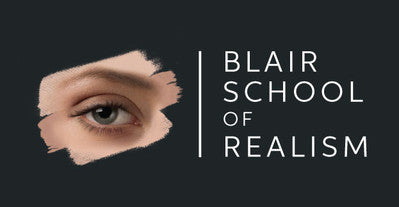To match a color, all three components of color (hue, saturation (chroma) and value) must be correct. The value is controlled by opaque white paint, which we call a buffer, but this introduction of white paint into the mix creates another phenomenon.
Spraying a buffered color (transparent color tinted with opaque white) shifts the paint slightly towards blue at around 97% coverage. This is called a phase shift. It appears as a greyer area with less chroma (saturation)

If you look carefully, the darkest part of the area with 100% coverage has a slightly greyer appearance. This is due to the phase shift, and is most noticible in warmer colors such as fleshtones.
You can see the unshifted color as a more saturated (higher chroma) halo around the fleshtone spray with 100% coverage. This is because the overspray around the target area is not reached the threshold of 97% and is therefore unshifted.
The amounf of shift towards blue as a reduction in saturation (chroma) can be measured by optical tools.

In the image above, the value becomes darker from sample #4 to sample #1 as the buffered fleshtone is added, and the phase shift adds a slight blue cast which reduces the saturation by about 5%. This can lead to a bit of frustration when trying to match colors, as the color seems fine up until 97%coverage, then it suddenly shifts towards a less saturated state just as it arrives at complete coverate
When matching colors, the way to maintain consistency is to push the test color to 100% coverage and adjust the color to match the target color. In other words, spray until the color no longer changes to ensure that they color value is consistent.
Some artists avoid the phase shift by using only transparent paint. However transparent paints leave a grainy appearance which is not always desirable.
On one hand, the buffered color is preferred for subjects that have little or no grain, such as sky or water. Transparent colors are ideal for grainy surfaces, such as sand.
I have developed an alternative solution which I will introduce in my upcoming Fall workshops, which will also greatly speed up the process of matching colors. Stay tuned for updates.




